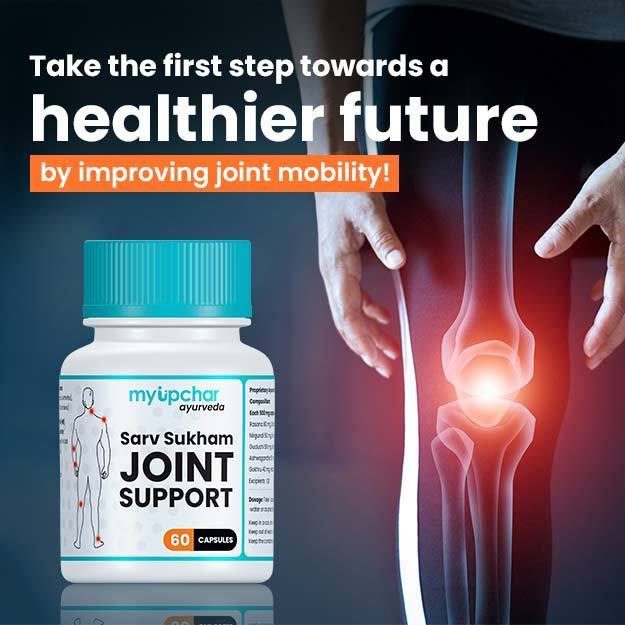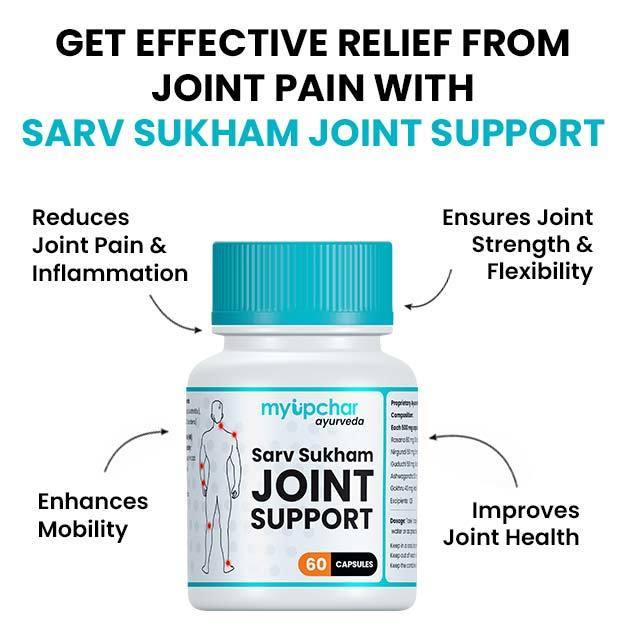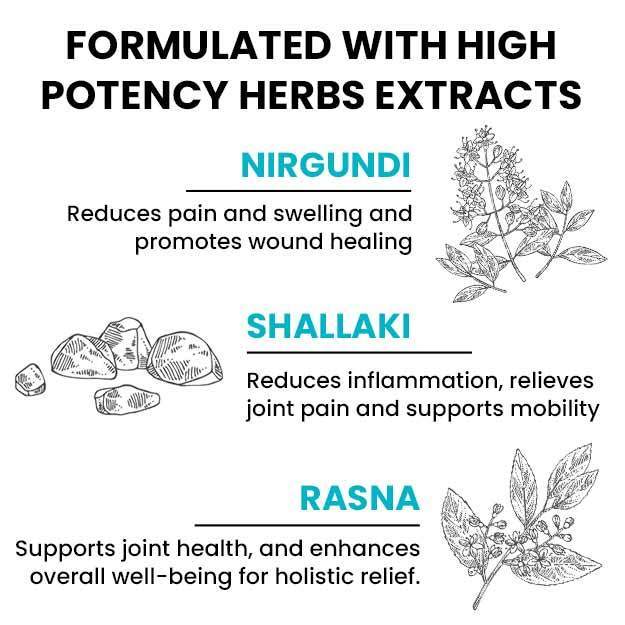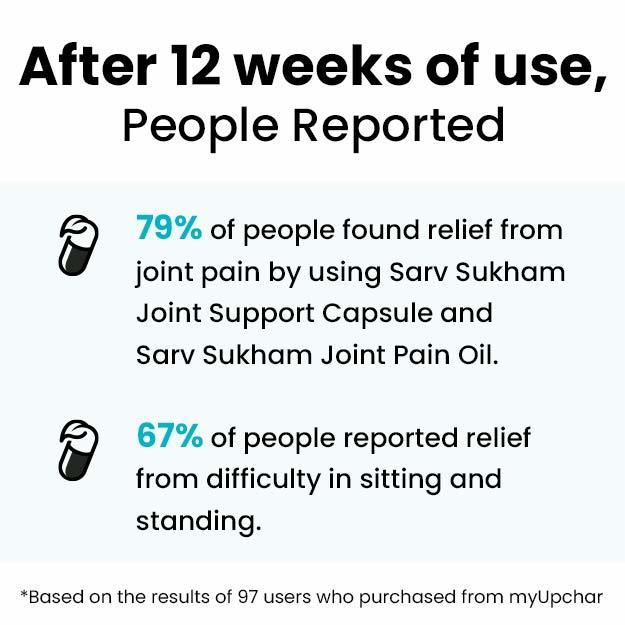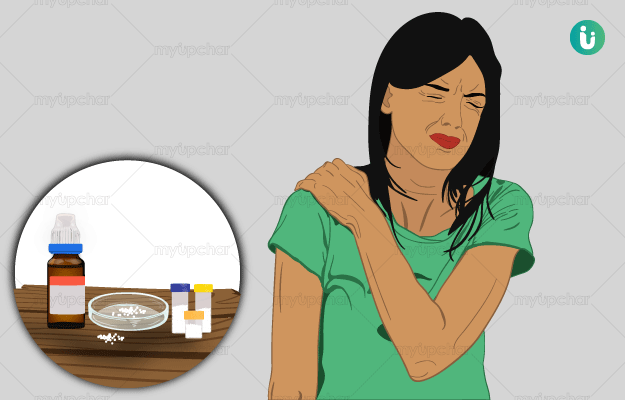Shoulder is comprised of a complex array of several joints, muscle, tendons and nerves. Having a wide range of motions, it is the most mobile joint of the body. Consequently, shoulder pain is a common concern faced by people all over the world. It is usually experienced in and around the region of the shoulder joint. An affected shoulder may restrict motion and hamper daily activities. The most common cause of shoulder pain is rotator cuff tendonitis, which refers to inflammation or damage of the rotator cuff tendon that stabilises and strengthens shoulders. Shoulder pain may also be caused by amavata (arthritis) of the shoulder joint, avabahuka (frozen shoulder), dislocation or separation of joint as well as damage or fracture of the shoulder bone.
Ayurveda describes herbs like haridra (turmeric), adraka (ginger), rasonam (garlic), vidanga (false black pepper), chakramarda (ringworm plant), ashwagandha (Indian ginseng), bala (country mallow); medications like yogaraja guggulu and dashamoola kashaya; and treatment procedures such as nasya karma (errhine therapy), pachana (promoting digestion), snehana (oleation), swedana (sudation or sweat therapy) and lepa (coating the affected body part with medications) for treating various conditions with associated shoulder pain.






